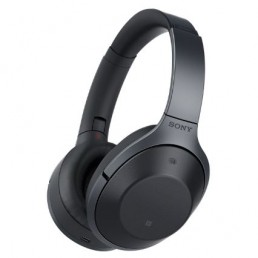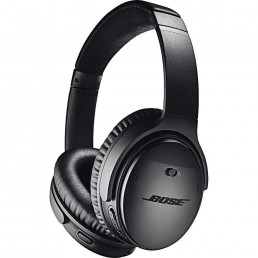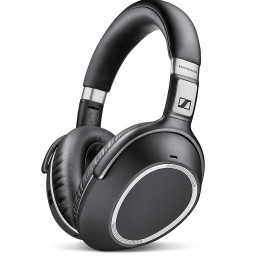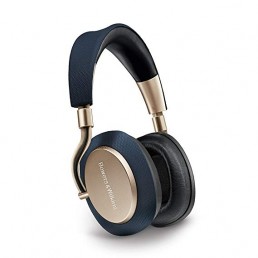“…get ready to spend every last dollar for diminishing returns”
I’ve been in the Audiophile world for about 5 years now. It’s not long, and I haven’t literally paid my dues to call myself an “expert”. I think I have about another $150,000 to go. But I do know the mechanics of it all, the lingo, as well as the wants and needs of an expert audiophile. The only thing keeping me out of that elite club is the outrageously expensive equipment I haven’t purchased…yet. So with all that being said, I want to talk quick about ANC, or Active Noise Cancellation, and what it means to the audio world.
Purchases
If you’re looking to pick up headphones, there are a few ways to go. You can go budget consumer, and pick up something anywhere from $25 – $200, and this will give you sound that’s better than the stock earphones that come with your phone. This is the option most people take, and is the reason why the M50x’s are one of the most popular headphones to buy. Then you can go the consumer audiophile route, and usually consists of headphones like the HD600’s – HD800’s, maybe some IEM’s like the Campfire Audio Andromeda’s, or some type of reference headphones like AKG 701’s, all of which require some type of Amp to power them. Lastly you can go the True Audiophile route, where you get into planar magnetics, electrostatics, McIntosh stacks, and room treatments. All of which can cost up to the hundreds of thousands. But it’s the room treatment where most of the costs can come into play. Some audiophiles taking it so far to even having their own “clean” power lines being put in, for the cleanest power to their audio amps. Of course, this is ridiculous, but it’s interesting to me to see how far some will go for a perfect listening environment.
Noise Cancelling
What I find the most interesting right now in the audiophile world, is the intro to “good” noise cancelling. To me, it’s the great equalizer. The idea of Noise Cancelling is not new. Many headphones are made with a closed design to “passively” cancel the outside noise. This often works pretty well, but it isn’t nearly perfect. Outside noise, especially bassier sounds, always tend to leak in. Even if you have the tightest of comply foam ear tips in. And we’re not even talking about the sound our own bodies make which always leak in as well. The idea of room treatment is essentially to make the room sound as quiet and as “interference free” as possible. The part that audiophiles spend nearly millions of dollars on, is the most important to a great sound stage. So what engineers have done is create Active Noise Cancelling. This is more to quiet the outside world so you can focus on your music or movies. But in the past year or so, we’ve gotten REALLY good ANC. The Bose QuietComforts were some of the best, and then Sony came in with the 1000x’s which now take the cake. Turn on the ANC, and you feel this force-field of quiet consume you. This allows for “perfect” room treatment, and thus, gives you the perfect platform to create truly immersive or expansive audio signatures. Now, for $350, consumers can get a much closer experience to that of an expensive audiophile setup, than ever before.
Contrast
So now the question is, if you want the best possible experience for your money, do you go with a good pair of ANC headphones, or do you go the traditional analog route? Well, it’s tough. I currently own some top tier passive headphones, a few different headphone amps, as well as an entire vinyl audio stack. But I use my Sony WH1000x’s more than I use any of them (well I use my shitty Airpods the most, but that’s a different discussion). That said, the sound on the Sony isn’t the best. It’s not even close to the sound I get from pushing my K701’s through a Schitt Stack, listening to Kind of Blue by Miles Davis on vinyl through my ProJect turntable pinned with Ortophone Blues. But…who cares? If you’re the type of nerd like me who wants to feel like Miles is playing right next to you, then sure, go for the passive option, and get ready to spend every last dollar for diminishing returns. But if you just want good sound quality, immersion, good imaging, and flexibility, go for an ANC Wireless BT model (recommended ones listed below) and I promise you’ll be very happy. Who knows, maybe one day ANC headphones will replace the prestige of the great passives. You won’t have any audiophile admit, but I’m excited to see where ANC can take us in the world of audio.






